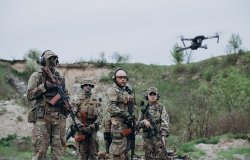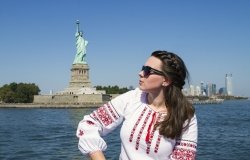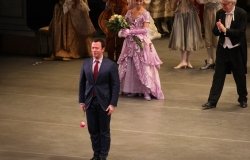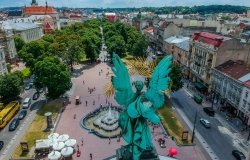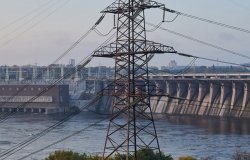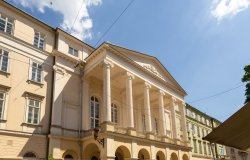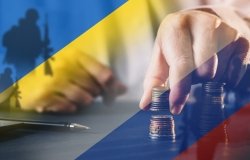
A blog of the Kennan Institute
Standing before Decisive Choices: Electoral Frames for Ukraine’s Political Agenda
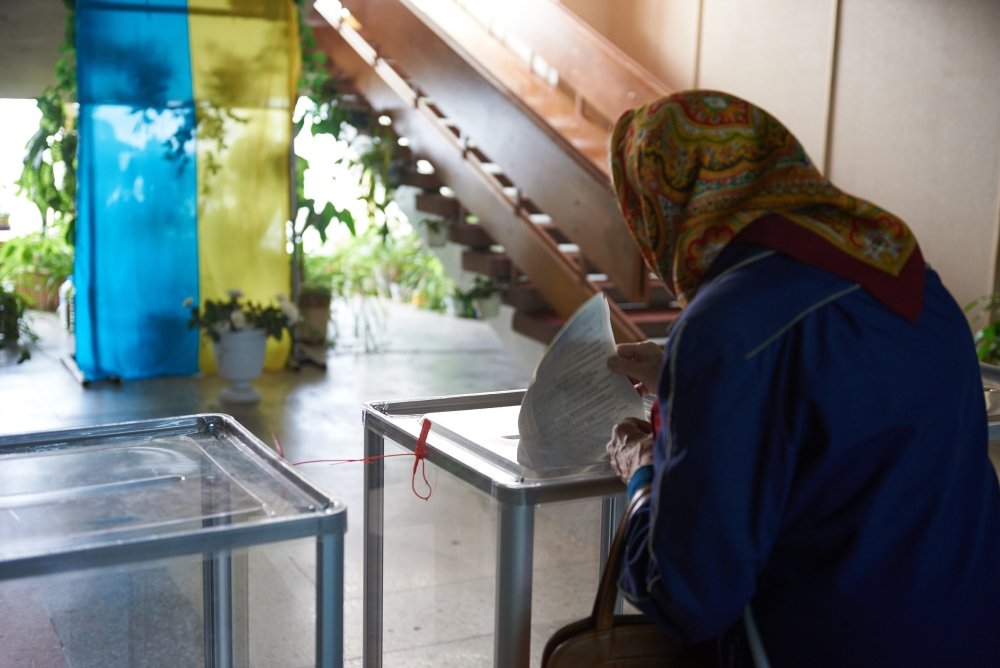
BY MIKHAIL MINAKOV
As Ukraine enters the pre-election season, voters have begun weighing politicians’ messages about the future of their country. In 2014, after the Euromaidan and during the Donbas military conflict, the presidential and parliamentary elections helped legitimize the postrevolutionary government and launch reforms. Now comes the long-awaited moment in which Ukrainian citizens can reflect on the achievements of their current president and assess the platforms of those vying for the position and their parties: presidential elections are slated for March 2019, with parliamentary elections following in October. For the next several months, electoral logic—the need to accrue voter support—will be formative for Ukraine’s political agenda.
According to the most recent poll, the presidential candidates with the most support are Ms. Yulia Tymoshenko (supported by 14.4 percent of those planning to participate in elections), Mr. Anatolii Hrytsenko (8.7 percent), and Mr. Yurii Boiko (7.2 percent). President Poroshenko is fifth, with 6.8 percent of likely voters’ support.
Ms. Tymoshenko, Mr. Hrytsenko, and Mr. Poroshenko are competing for the votes of the pro-Maidan electorate. This group represents about 57 percent of the Ukrainian population, according to a recent IRI study.
Yulia Tymoshenko kicked off her presidential campaign last June when she declared her “New Course for Ukraine“ program. She tries to offer inclusive strategies for solving Ukraine’s socioeconomic issues. An active player in Ukrainian politics since 2000, Tymoshenko promotes herself as a “new politician” of the kind currently in high demand in the country. However, she has not responded to questions uppermost in many voters’ minds: Which development path does she endorse, peace or war? And how does she plan to fight corruption after being part of Ukraine’s political circles for so long?
Anatolii Hrytsenko is also actively campaigning. A former minister of defense, he seeks to project the image of a leader with a firm hand and substantial military experience. So far, the positions he has articulated are somewhat contradictory. On the one hand, he defends an enlightened authoritarianism as a means for solving all the major challenges facing Ukraine. On the other hand, he is perceived as a pro-Western candidate. Even though Hrytsenko is not first in the opinion polls, modeling of the electoral process shows that he typically wins elections if he makes it to the second round of voting.
President Poroshenko has lagged his competitors in all the polls since the winter of 2018. Currently, 80 percent of voters disapprove of his actions as president and a mere 14 percent approve. His popularity deficit has also led to volatility among many politicians who were his unshakable supporters just a year ago. As one such volatile MP from the presidential faction in parliament told me, “I sympathize with the president with all my heart, but my brain says I should join the team of a leader with better prospects.”
Still, President Poroshenko has not thrown in the towel, and plans a very active campaign. To reattract the electorate, he has launched his campaign under the slogan of “Army. Language. Church,” which is based on a rather conservative message, and has spearheaded several “geopolitical” initiatives that were expected to win back voters’ support. Among those initiatives were proposed constitutional amendments to join the EU and NATO and to establish autocephaly of the Ukrainian Orthodox Church. The presidential team has also benefited from the large number of populist parties, which dilutes support for Tymoshenko and Poroshenko’s other competitors. Nonetheless, so far the initiatives have not produced an uptick in support for the president.
The candidacy of Yurii Boiko, a leader of the Opposition Bloc in the Verkhovna Rada and a politician from the anti-Maidan camp, has recently started gaining traction among voters in Ukraine’s South-East, which has seen active fighting since 2014. Boiko faces an uphill path: there are now fewer voters in the South-East and they are less active than in the prewar period. Also, a new populist party, For Life, has started siphoning votes from the Opposition Bloc in the region. All these factors work against the likelihood of a victory for Boiko in the upcoming elections, but under his leadership his party may gain more seats in the next parliament.
While polls show that 72 percent of voters are likely to turn out for the next presidential election, somewhat fewer, just 68 percent, plan to vote in the parliamentary elections. Eleven percent of those polled plan to vote for Tymoshenko’s Batkivshchyna (Fatherland) party. Hrytsenko’s party Civil Position has the support of 7 percent. The Opposition Bloc, the Radical party, and Petro Poroshenko’s Solidarity party are almost evenly supported by 6 percent of voters each. The People’s Front (Arsenii Yatsenyuk’s party), the winner of the party competition for parliamentary seats in 2014, will not make it to the Rada, having only 1 percent of likely voters’ support.
The figures for the parliamentary elections are not decisive at this stage, though. The result of the presidential elections will definitely change the political landscape for parliamentary elections by May 2019.
Two other important issues that could have bearing on the outcome are which election law will have priority and whether the Central Electoral Commission (CEC) will direct the upcoming elections. The law currently in force dates back to the time of Yanukovych. An attempt at electoral reform in recent years fell short. A new Electoral Code was approved on first reading but got stuck in parliamentary committee with thousands of amendments. It is unrealistic to expect the new code to be approved in time for the 2019 elections.
During the spring 2018 session, parliament failed to renew CEC membership. Renewal of membership is now planned for the fall session, but the process will be highly competitive and painful for all participants. So far, the list of CEC members (submitted by the president to parliament in January 2018) includes mostly pro-presidential candidates, while the opposition has tried to make CEC membership more balanced. Because the CEC has the authority to create voting districts and carry out other functions with the potential to affect voting results, the different political factions in parliament are highly motivated to increase their own representation on the committee.
So the new political season will be directed by electoral logic. Whatever topic is discussed this fall in Kyiv—the fight against corruption, the war in the Donbas, cooperation with the IMF, continuation of reforms—will inevitably be viewed and argued through the lens of electoral politics. This will delay decision-making on important matters affecting Ukrainian citizens for at least a year, until the new president and parliament are in office.
About the Author
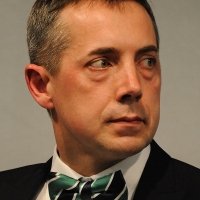

Kennan Institute
The Kennan Institute is the premier US center for advanced research on Russia and Eurasia and the oldest and largest regional program at the Woodrow Wilson International Center for Scholars. The Kennan Institute is committed to improving American understanding of Russia, Ukraine, Central Asia, the Caucasus, and the surrounding region though research and exchange. Read more
